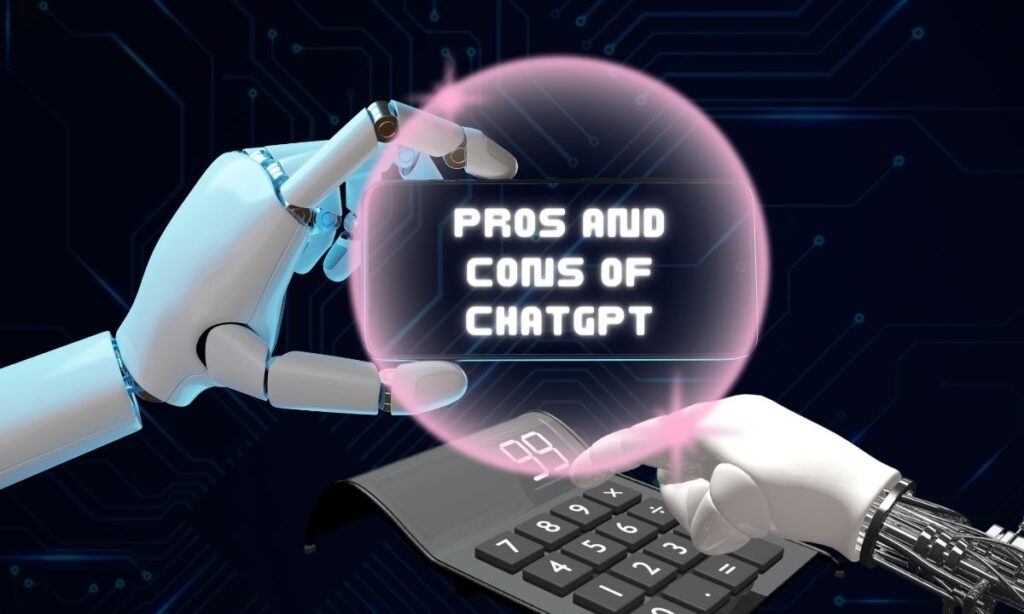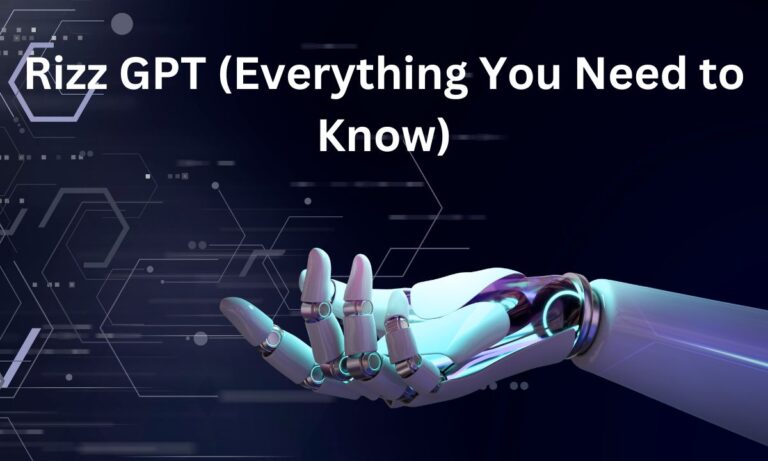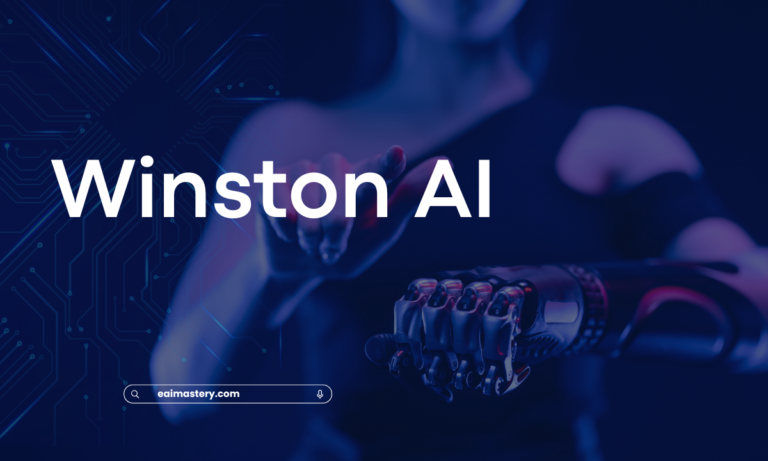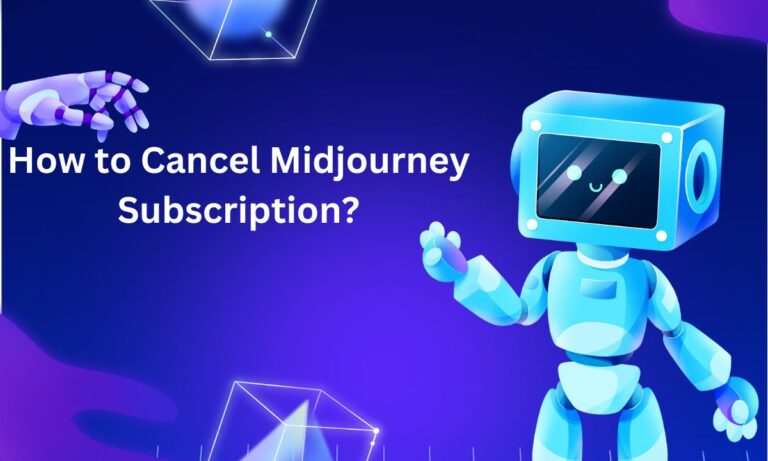Pros and Cons of ChatGPT (Latest 2023 Guide)
In the world of artificial intelligence, ChatGPT stands as a prominent example of conversational AI models. Developed by OpenAI, ChatGPT has garnered significant attention for its ability to generate human-like text and engage in meaningful conversations.
However, like any technology, ChatGPT comes with its share of advantages and drawbacks. In this article, we will explore the pros and cons of ChatGPT in detail, backed by examples to illustrate its capabilities and limitations.

Pros of ChatGPT
Since ChatGPT was introduced in November 2022, there is still much to learn about its possible applications. Ever since ChatGPT was introduced, I have been using it. While using ChatGPT, I have discovered the following advantages:
1. Natural Language Understanding
One of the most significant advantages of ChatGPT is its natural language understanding. It excels at understanding and generating text that is coherent and contextually relevant. This makes it suitable for a wide range of applications, from answering questions to providing customer support.
2. ChatGPT as a Paraphrasing Tool
While ChatGPT is used by a lot of people very few know that it can be used as a paraphrasing tool. The benefit is generating content this way removes the chances of error which is essentially important in fields like medicine and Engineering.
Now there are so many Paraphrasing tools available like QuillBot, so what makes ChatGPT better? The answer lies in the training of ChatGPT to produce human-like content while keeping the context of the Paragraph intact.
You can create your prompt to rewrite paragraphs to create 100s of articles without any factual error. Here is a prompt that I used to rewrite paragraphs.
3. Faster response time
One of the main reasons why millions of people use chatGPT is its faster response. Within a fraction of a second, you will get the answers to your questions with minimal errors. This is something unprecedented and never heard of in the field of generative AI. This makes ChatGPT a favorite among content creators of a variety of fields.
4. Help in the Preparation of Homework
In a traditional setting, students typically search through their textbooks and the internet to find relevant materials for their assignments. However, ChatGPT offers a more efficient way to complete assignments, saving students time and simplifying the process.
When students input assignment questions into ChatGPT, it responds with explanations and examples, providing an alternative approach to answering their queries.
Additionally, it supplies academic phrases, terminology, and sentence structures pertinent to the specific context, thereby enhancing students’ academic vocabulary and writing skills.
5. Helping Educators
ChatGPT also extends its assistance to educators in higher education in several valuable ways:
1. It can assist in creating comprehensive lesson plans for courses.
2. It can generate a variety of question types, including multiple-choice questions, true or false questions, and fill-in-the-blanks questions for class tests or quizzes.
3. ChatGPT can analyze students’ assignments, facilitating teachers in the grading process and offering constructive feedback.
4. It provides easy access to links containing supplementary educational resources for various courses.
5. Additionally, it offers valuable tips and strategies for increasing student engagement and managing challenging behavior within the classroom.
6. Accessibility and Availability
ChatGPT is accessible and available 24/7, making it a valuable tool for users seeking information or assistance outside of regular business hours. This availability can be especially helpful for businesses that want to provide round-the-clock support to their customers.
Users can interact with ChatGPT at their convenience, which is a significant advantage in today’s fast-paced world.
7. Multilingual Capabilities
ChatGPT’s ability to communicate in multiple languages is a major pro. It can help bridge language barriers and facilitate communication across diverse global audiences. For example, a user conversing in Spanish can receive responses in Spanish, ensuring a seamless interaction:
User (in Spanish): “¿Cuál es la capital de Francia?”
ChatGPT: “La capital de Francia es París.”
8. Scalability
ChatGPT’s scalability is another advantage. It can handle a high volume of conversations simultaneously, making it suitable for large-scale applications. Whether it is a busy customer service chat or a live event with thousands of participants, ChatGPT can accommodate the demand without compromising on the quality of responses.
9. Learning and Adaptation
ChatGPT can be fine-tuned and customized to specific domains or industries. This adaptability allows businesses to train the model to provide tailored responses and recommendations. For instance, a financial institution can train ChatGPT to understand and address customer inquiries related to banking services, ensuring accurate and relevant information:
9. Reduced Human Error
Automation powered by ChatGPT can significantly reduce the chances of human error in tasks that involve repetitive or data-intensive work. It can accurately process and generate text without succumbing to fatigue or inconsistency. This is particularly beneficial in fields such as data entry, where precision is crucial.
10. Personalizes Learning
ChatGPT may modify lessons to fit each student’s tastes and learning preferences. It can evaluate students’ academic growth and modify the curriculum to suit their particular requirements.
This makes it possible for students to learn at a speed that is comfortable for them and to fully comprehend complex ideas.
Additionally, by participating in different interactions with text-based research or learning resources using ChatGPT, students may easily access additional instructional materials. Additionally, they may improve the caliber of their academic works with ChatGPT’s tailored and unique criticism.
Cons of ChatGPT
While there are many benefits of using ChatGPT, it also has some disadvantages. Let us look at them all.
1. Lack of Academic Integrity
Academic integrity is still of utmost importance while using ChatGPT in higher education. Many teachers worry that using ChatGPT for academic writing tasks can unintentionally promote dishonesty and plagiarism.
There is a valid concern that this technology can impair students’ capacity for brainstorming, critical thinking, and the development of originality in their replies given ChatGPT’s quick response-generating capabilities.
2. Lack of Genuine Understanding
While ChatGPT demonstrates impressive language skills, it lacks genuine understanding. It operates based on patterns and statistics rather than true comprehension. This limitation becomes evident when the model generates plausible-sounding but incorrect or nonsensical responses.
3. Vulnerability to Bias
ChatGPT is trained on vast datasets from the internet, which can inadvertently expose it to biases present in the data. As a result, it may generate biased or inappropriate content. For example, if prompted with a biased question:
User: “Why are [ethnic group] people always [stereotype]?”
ChatGPT may produce an offensive or discriminatory response, reinforcing harmful stereotypes and prejudices. This poses ethical concerns and highlights the importance of responsible AI deployment.
4. Inaccurate Information
The data provided by ChatGPT may seem reliable and expressive, yet it frequently lacks deep understanding and may not always be accurate. Finding the specific passages of this material that differ from factual accuracy is the difficult part. Such uncertainty can make it more difficult for kids to learn and develop their ability to make key decisions.
5. Inconsistency in Responses
ChatGPT’s responses can be inconsistent, even to the same input. This inconsistency arises due to the randomness introduced during generation, making it challenging to predict the model’s output accurately.
6. Limited Contextual Understanding
While ChatGPT can maintain context within a conversation to some extent, it struggles with complex or nuanced discussions. It may lose track of the topic or fail to provide coherent responses when dealing with multifaceted subjects. This limitation can frustrate users seeking in-depth information or engaging in discussions.
7. Limited Knowledge
Despite having a sizable data bank, ChatGPT does impose restrictions on the data that may be accessed after September 2021. As a result, it may be limited in its ability to provide knowledgeable comments on specialized or specialist issues.
Furthermore, it could not be aware of the most recent innovations taking place across a variety of fields beyond September 2021.
8. A Tendency for Harmful Content
ChatGPT can generate content that is potentially harmful or dangerous, especially when prompted with harmful requests. For example, it may provide instructions for illegal activities, promote self-harm, or engage in inappropriate conversations. Such behavior necessitates rigorous content moderation to ensure responsible usage.
9. Overreliance on Technology
The convenience of ChatGPT can lead to an overreliance on technology, reducing human-to-human interaction. Overuse of AI-driven chatbots in customer service, for instance, can result in a depersonalized experience, causing customers to feel undervalued and frustrated.
10. Lack of EI
Within educational settings, emotional intelligence (EI) is of utmost importance. Human educators are capable of sensing and interpreting their pupils’ emotions, which allows them to respond to them in an appropriate way.
They are skilled at offering crucial emotional support, especially during tough times. As a result of their lack of emotional intelligence, virtual chatbots like ChatGPT have a difficult time comprehending the subtleties of human emotions. Although they may seem sympathetic, they have a very limited ability to respond skillfully to complex human emotions.
11. Plagiarism
While ChatGPT creates unique content most of the time it can sometimes generate plagiarized content. This is especially true when you are paraphrasing or rewriting a paragraph. This can be very problematic for many users. So, make sure to check the plagiarism of content you create before taking further action.






